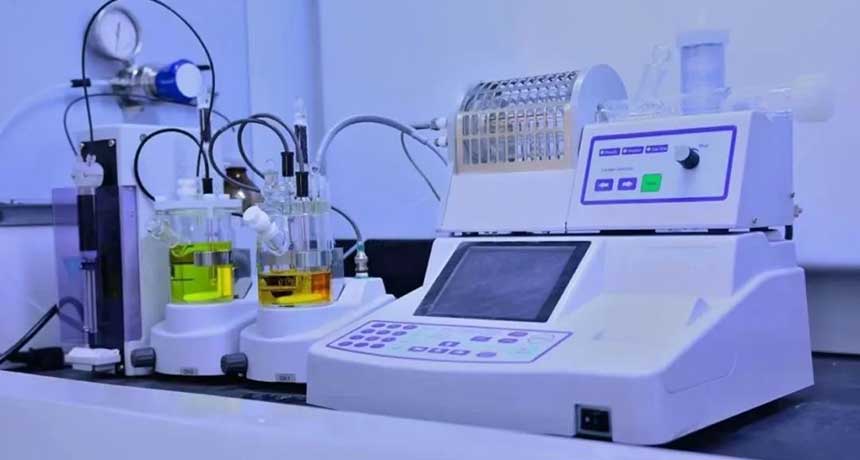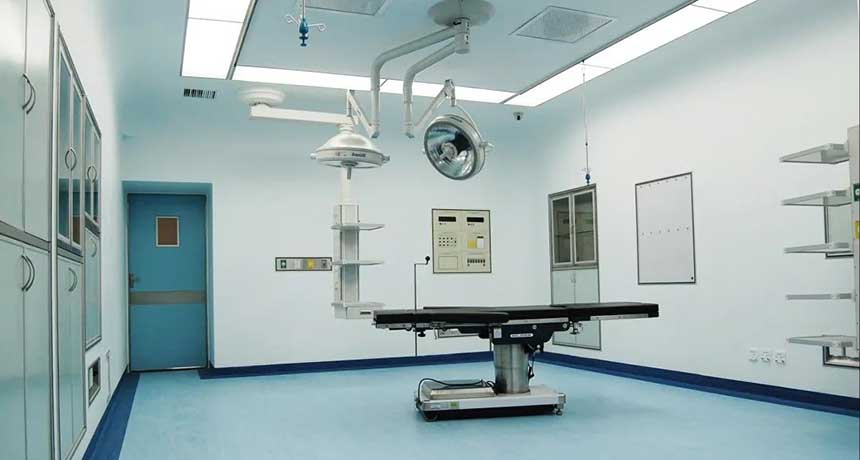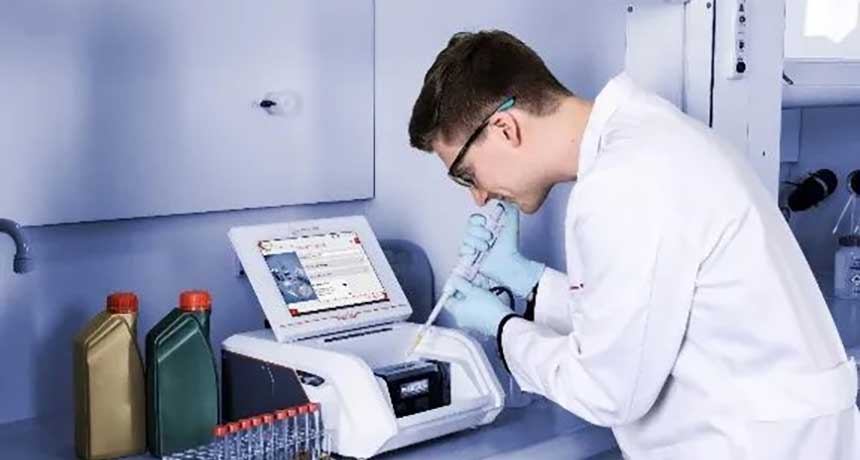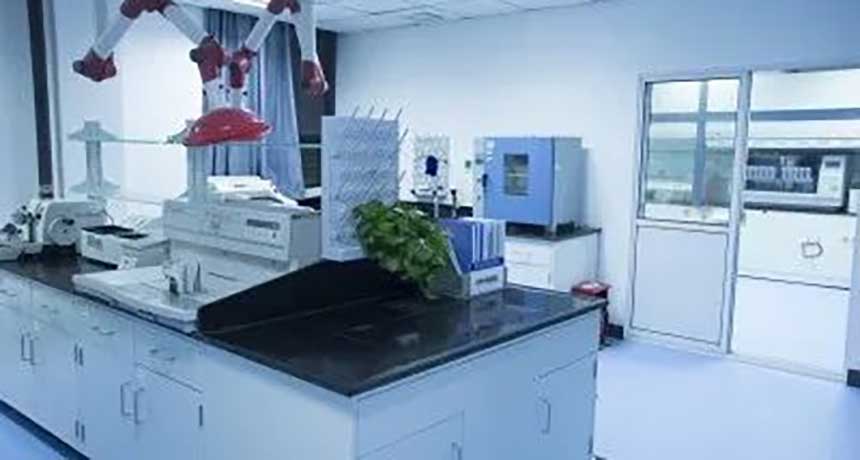Fiberscope is a medical device used for endoscopic examination of various organs and tissues within the human body. Compared with traditional rigid endoscopes, fiber endoscopes have a soft body and can pass through narrower tubes and tortuous channels in the body to observe deeper tissue structures for diagnosis or treatment purposes.
1. Optical principles of fiberscope
Total internal reflection: The fiber bundle that conducts the image forms the core part of the fiberscope, which is composed of tens of thousands of extremely fine glass fibers. Each fiber must be able to effectively transmit light from one end to the other without losing too much brightness, without changing its color, and without leaking light into adjacent fibers. These are the requirements for making fiberscope guide bundles. Foundation. In order to meet the above requirements, according to the "total reflection principle" of optics, the outside of all glass fibers (core fibers) used to make the fiber inner diameter must be covered with a layer of extremely thin glass fibers (coated fibers) with a lower refractive index. It is guaranteed that all light transmitted along the core fiber can undergo total internal emission.
In fact, there is a loss in light transmission within the fiber, which is mainly manifested in:
Self-absorption of the fiber: The longer the fiber, the longer the distance the light travels within the fiber, and the greater the light loss.
In fact, total reflection is not 100%, and there is also a very small amount of refraction in each reflection. Light needs to be reflected tens of thousands of times when passing through a 1m-long fiber, so the very small amount of refraction in each reflection becomes considerable when it reaches the end of the fiber.
Loss at both ends of fiber
Optical fiber bundle: The transmission of a single fiber can only produce a light spot. If you want to see an image, a large number of fibers must be bundled. In order to transmit an image to the other end to form the same image, each fiber needs to be in the same position at both ends. Fiber bundles made in this form are called "end-to-end" bundles. Only this kind of "end-to-end" beam can produce an image, also called a guide beam. The thinner the imaging fiber, the thinner the coating, the greater the number of fibers in the imaging bundle, and the higher the resolution of the image formed (that is, the clearer the image).
However, the thinner the fiber, the worse the light conductivity. The coating layer cannot be thinner than 1.5 μm due to limitations of craftsmanship and optical principles, and the number of fibers cannot be excessive due to limitations of the thickness of the lens body. The length and number of imaging tract fibers vary greatly depending on the endoscope model, size, and manufacturer. Generally, the number of fibers in the imaging tract is between 5000-4000. The diameter of the imaging beam is between 0.5-3mm, and the diameter of a single fiber is generally between 8-12 μm. The fiber bundle that transmits light is called a light guide. Since there is no need to transmit an image, the fibers do not need to be aligned end to end and can be arranged randomly. Since its resolution is not considered, the diameter of each fiber can be thicker to increase light conductivity. The diameter of the general light guide fiber bundle is 30μm
2.. Composition of fiberscope
Front end: On the cross section of the front end, you can see: ① the suction port and biopsy; ② the light guide mirror; ③ the objective lens surface; ④ the air/water ejection hole. Some fiber endoscopes have air and water ejection holes. divided. There is also a forceps lifter at the front of the side-viewing or strabismus-type fiberscope.
Mirror body: The mirror body is a flexible tube, and its degree of bending varies with the purpose of the fiberscope. Generally, the gastroscope body is harder, and the front end of the colonoscope body is harder than the back end. The mirror body is made of steel mesh tubes and snake-shaped steel tubes. It contains guide beams, guide beams, biopsy and suction channels, gas/water injection pipes and angle-controlling wires. It is wrapped with a polyurethane plastic tube, which has sealing and anti-corrosion functions to prevent the entry of water and gastric juice and acid corrosion.
Operating part: including eyepiece, focusing ring, suction valve, air/water injection valve, angle control knob, biopsy hole, etc.
Guide beam connection part: The guide beam connection part connects the light guide light source of the fiber endoscope and the air pump, and also connects the water bottle and the suction pump.
3.Main accessories of fiberscope
Light source: There are many types of cold light sources for fiberscopes, ranging from simple, low-energy halogen light sources to complex, high-current intensity xenon light sources. Large, more advanced light sources generally have automatic flash, which can automatically adjust the light in photography, television video and movie shooting.
Teaching scope: can be attached to the eyepiece for viewing by a second person. Due to the re-conduction of the guide image beam, the brightness is greatly weakened, and the brightness of the two guides that can be observed is only 20% of the tolerance.
camera system
Ordinary camera: It is connected to the eyepiece in the fiber, and can automatically expose and take pictures through the light source of the fiber endoscope. When the camera shutter is pressed, the following series of things happen automatically. The light shutter of the light source is closed, cutting off the light from the light source. The camera shutter is opened, the light shutter of the light source is opened, and the flash is triggered. At this time, it is located in the camera. The photocell starts to measure the light intensity of the mirror and feeds it back to the automatic exposure circuit in the light source. When the circuit determines that the exposure brightness of the photo is sufficient, it will stop flashing. After a short interval, the photo will be taken. The shutter of the camera is closed, the whole process takes 0.25 seconds, and then the light source returns to the normal light intensity during observation.
The instant imaging camera prints endoscopic photos in 90 seconds.
Movie camera: can provide high-quality materials for teaching
Endoscopic television systems allow many people to watch simultaneously, and the images can also be transmitted on tape.
Fiber endoscopes are widely used in clinical medicine and can be used for examination and treatment in many fields such as the digestive system, respiratory system, and urinary system. For example, gastroscopy, colonoscopy, cystoscopy, etc. are common fiberscope applications. Through fiber endoscopy, doctors can detect lesions early, make a clear diagnosis, formulate treatment plans, and provide patients with better medical services.






